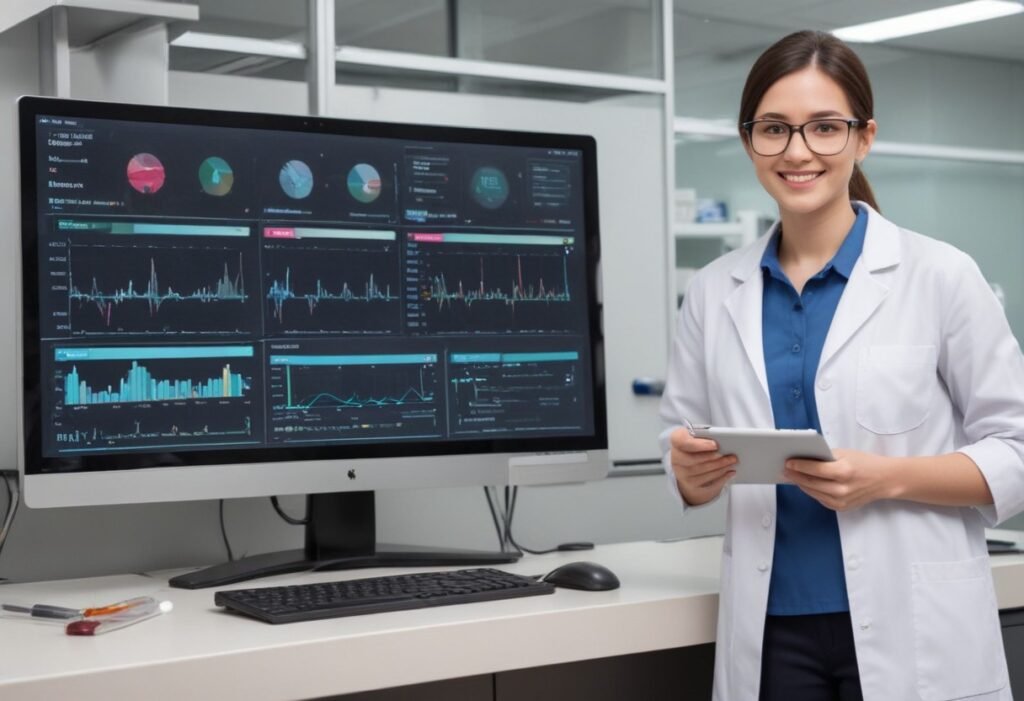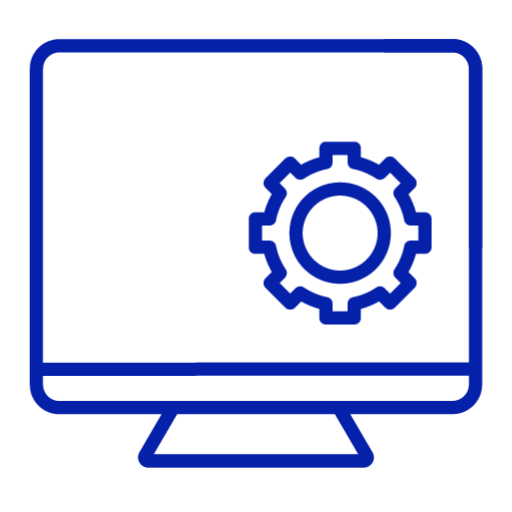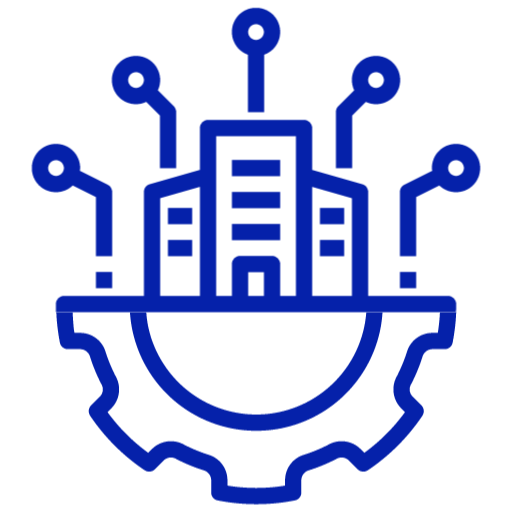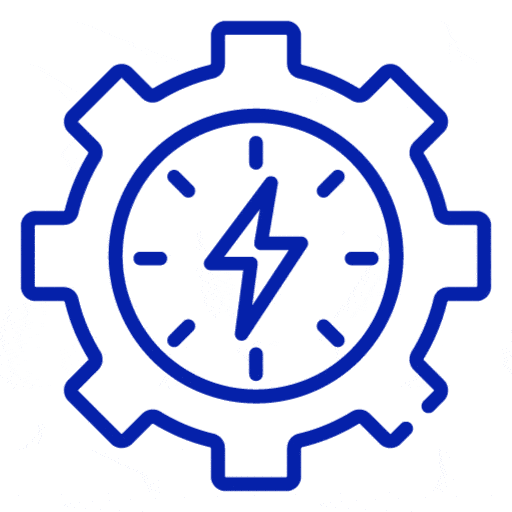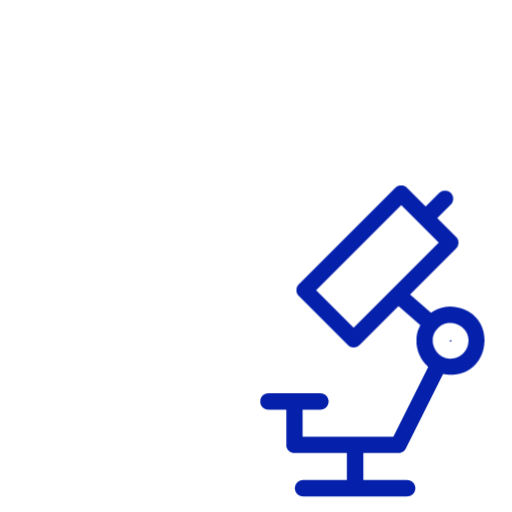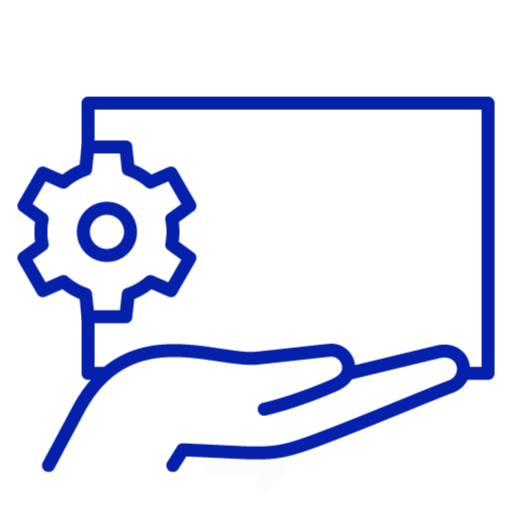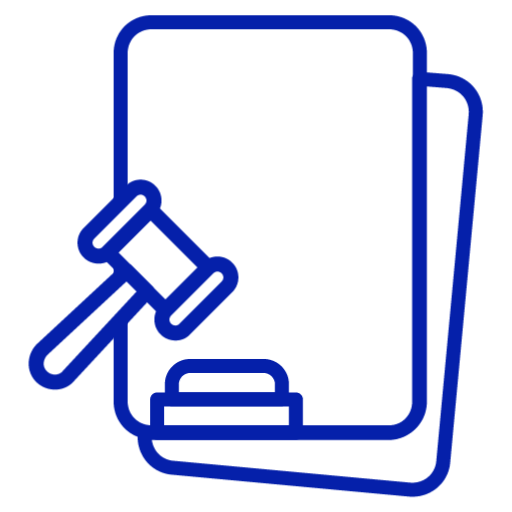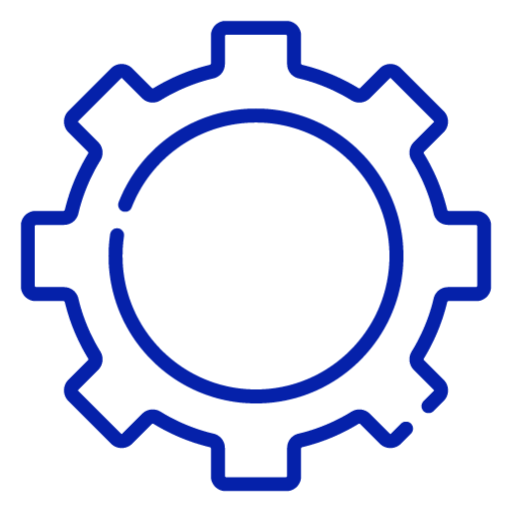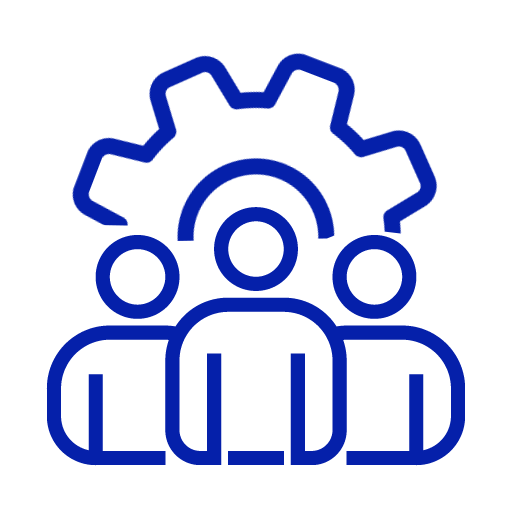
Continuous monitoring of environmental conditions is paramount in the pharmaceutical industry and various other sectors, ensuring adherence to regulatory standards product quality. Regulatory bodies like the US FDA, EU EMA, MHRA, etc have emphasized the importance of continuous monitoring of environmental parameters to ensure product quality, safety, and compliance with Good Manufacturing Practices (GMPs). The key objectives of continuous environmental monitoring in pharmaceutical manufacturing are to ensure sterility and cleanliness, provide real-time visibility, demonstrate regulatory compliance, and optimize manufacturing processes. To achieve these objectives, regulatory guidelines recommend implementing a robust environmental monitoring program that includes continuous monitoring of critical parameters, automated data capture and analysis, and comprehensive documentation.
Challenges of Manual Environmental Monitoring
In the manual process of continuous environmental monitoring, several challenges are encountered, which can compromise accuracy, efficiency, and reliability. Here’s a detailed explanation of these challenges:
Human Error: Manual paper-based environmental monitoring relies heavily on human operators to record parameters such as temperature, humidity, pressure, and air quality. This may lead to data entry mistakes, transcription errors, or misinterpretation of readings, which is a significant challenge. These inaccuracies can affect decision-making with respect to environmental controls, compromising product quality and regulatory compliances.
Limited Frequency and Coverage: Manual monitoring processes frequently have limitations in terms of the frequency and coverage of data collection. Human operators may only sample environmental conditions periodically, leading to gaps in data collection. Additionally, manual monitoring may not cover all critical areas within a pharmaceutical facility, leaving certain zones unmonitored or under-monitored.
Time-Consuming: Manual monitoring processes are inherently time-consuming, requiring personnel to physically move around the facility to collect data from various monitoring points. This manual effort can be inefficient and labour-intensive, especially in large-scale manufacturing facilities with numerous monitoring locations.
Lack of Real-Time Visibility: Manual monitoring processes typically lack real-time visibility into environmental conditions. Operators must manually record data, which then needs to be processed and analysed before any action can be taken. This lag in data processing can hamper the ability to respond promptly to environmental deviations.
Data Integrity and Security: Manual recording of environmental data increases the risk of data integrity issues, such as data tampering or loss. Paper-based records are susceptible to damage, loss or unauthorized access, compromising the integrity and security of environmental monitoring data.
Regulatory Compliance Challenges: Pharmaceutical manufacturing facilities are required to follow strict environmental monitoring control regulations. Due to the challenges mentioned above, manual monitoring processes may have trouble meeting these regulatory standards, resulting in compliance issues and potential regulatory penalties.
Introducing AmpleLogic eBMR
AmpleLogic eBMR, also referred to as Electronic Batch Manufacturing Record (eBMR), effectively addresses the distinct challenges inherent in pharmaceutical manufacturing processes. This cloud-based BMR system simplifies the entire manufacturing lifecycle, encompassing planning, production, and final packaging. Let’s explore the key features that make AmpleLogic BMR software a game-changer in continuous environmental monitoring.
Role Based Access
Assigns permissions based on an individual’s role, expertise, and training level. This approach ensures that users only have access to the information and systems necessary for their specific job functions. By tailoring access levels to professional experience, the feature enhances data security, minimizes errors and supports regulatory compliance within pharmaceutical processes.
Streamline Environmental Monitoring Processes
Automating manufacturing processes in the pharmaceutical industry can significantly enhance operational efficiency, quality assurance, and regulatory compliance. Advanced BMRs eliminate manual errors, improve process consistency, and increase production efficiency. Automated data capture and real-time monitoring enable continuous quality control, ensuring adherence to regulatory standards. This digital transformation also facilitates seamless traceability and documentation, crucial for demonstrating compliance during audits.
Real-Time Alerts
The system already has pre-fixed parameter controls. Hence, if a user inputs an inaccurate environment data (maybe temperature, etc) the software will issue real-time alerts and notifications indicating that the temperature is outside the specified range and prompt the user to adjust it to align with the provided limit.

Integration with Asset Management System
Asset management systems provide visibility into the tenure or lifespan of products and equipment. These systems can also generate notifications to alert users when assets require servicing or maintenance based on predefined schedules or usage thresholds. Integration of the BMR system with the software helps in understanding if the equipment qualifies manufacturing standards.
Accessing Standard Operating Procedures in eBMR:
AmpleLogic BMR offers users the facility to download SOPs. This hereby makes users aware of all standard operating procedures for manufacturing a product. User-defined processes in the BMR system enables automating these processes according to given SOPs. This is the route to pique product quality and compliance with good manufacturing practices (GMPs).
Barcodes and QR Codes:
Barcodes and QR codes for efficient tracking and identification of materials, products and batches throughout the manufacturing process. Enables tracing of actions for rooms, equipment, materials, and products. Get improved traceability with barcode technology.
Compliance with Regulatory Bodies:
By continuous environmental monitoring, Amplelogic ensures compliance with US FDA regulations including 21 CFR Part 11 and 21 CFR Part 210/211, as well as EU and GMP guidelines like Annexure 11 and EudraLex Vol. 4 which are crucial for pharmaceutical and life science industries.
The challenges of manual environmental monitoring in regulated industries calls for innovative solutions in the pharmaceutical industry. Manual Environmental Monitoring processes consume significant time and resources, leading to potential deviations and inconsistencies in compliance. Moreover, the complexity of maintaining documentation and ensuring standardization further compounds these challenges and requires a shift toward automated environmental monitoring processes. AmpleLogic’s BMR platform offers a suite of features designed to address these challenges effectively, including seamless integration, seamless traceability, and role-based access control. By streamlining Environmental Monitoring procedures and enhancing data integrity, Amplelogic empowers pharmaceutical companies to maintain regulatory compliance while optimizing operational efficiency.




